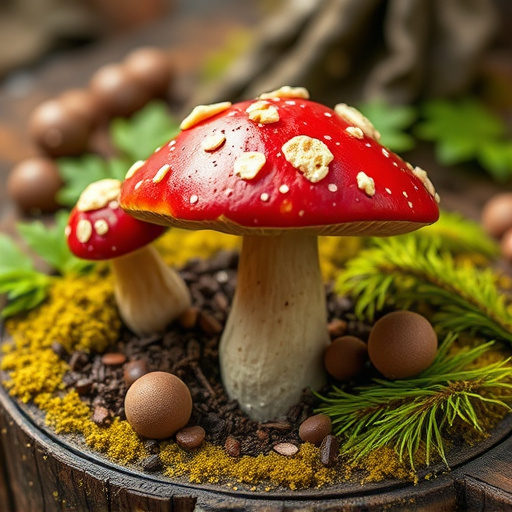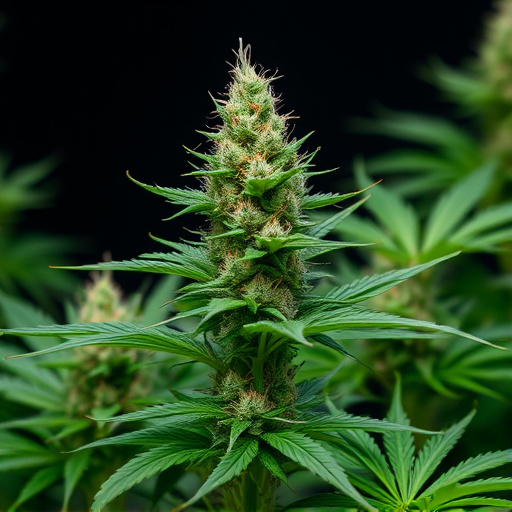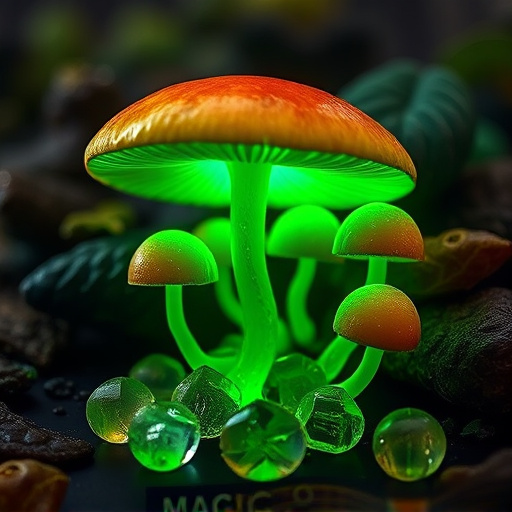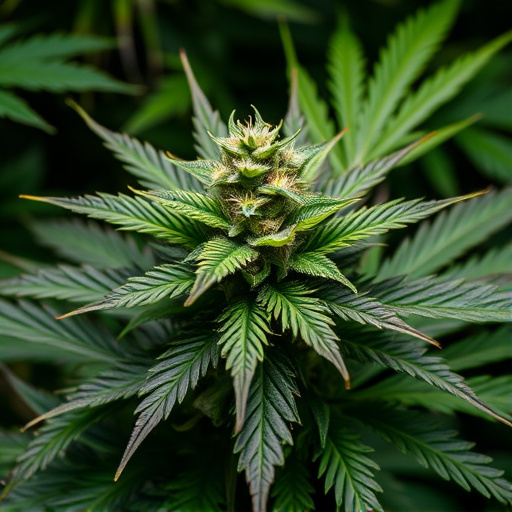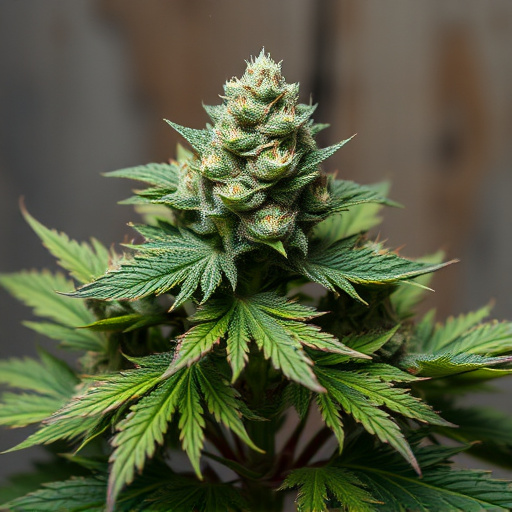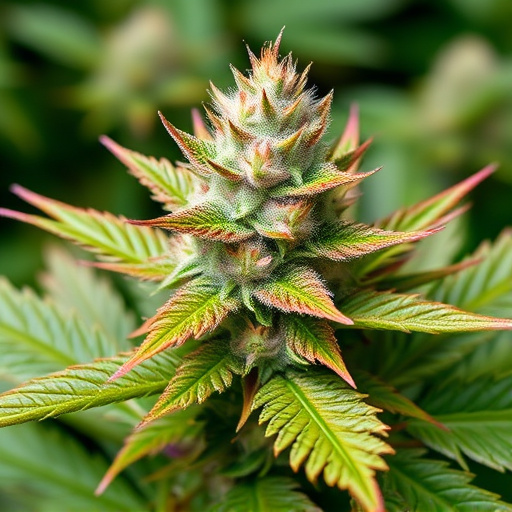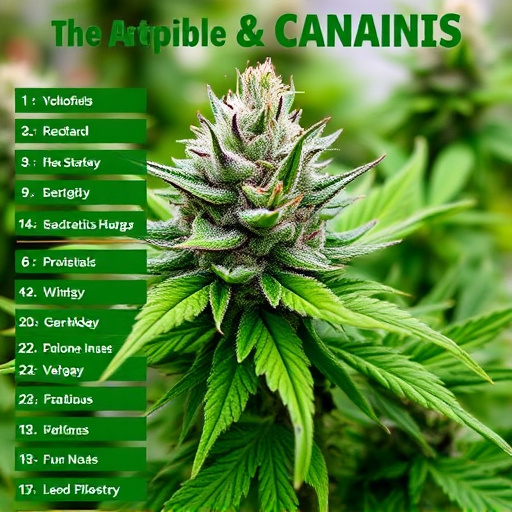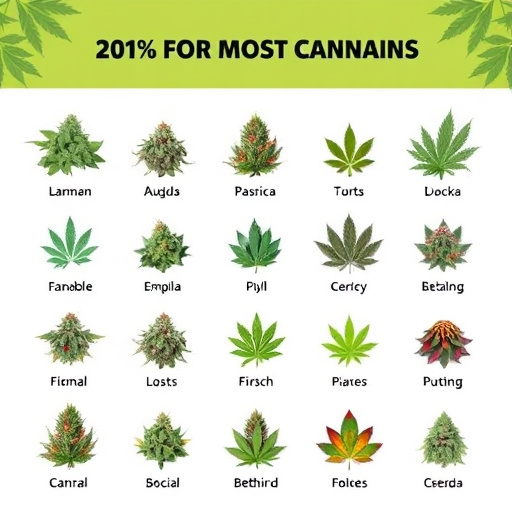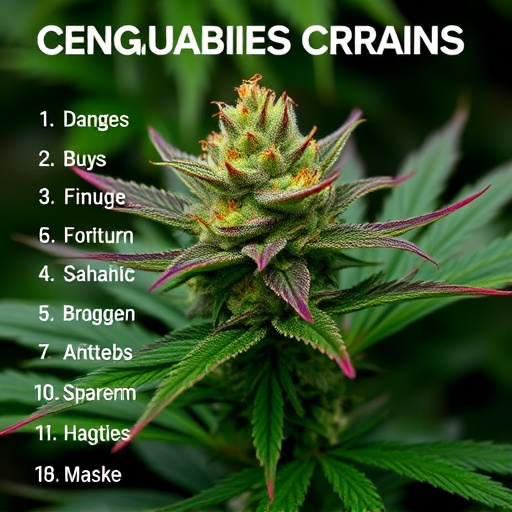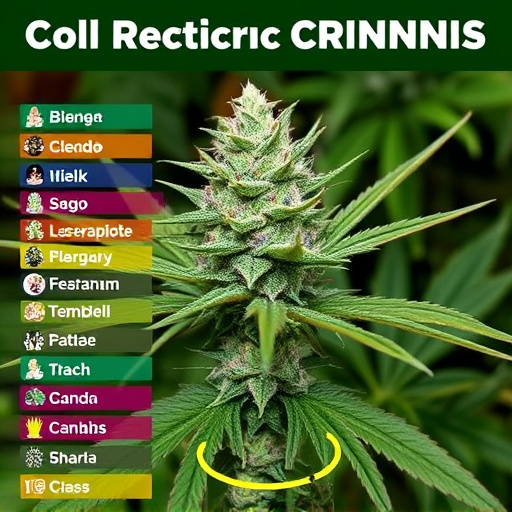Cannabis trichomes, tiny glandular hairs on flowers and leaves, are crucial for defining the unique characteristics of most popular cannabis strains. They produce essential compounds like terpenes, flavonoids, THC, and CBD, contributing to aroma, flavor, potency, and therapeutic effects. Trichome density and color progression (clear to milky or amber) indicate maturity and cannabinoid concentration, making them key indicators for cultivators and consumers evaluating most popular cannabis strains and their potential benefits.
“Unraveling the mysteries of cannabis trichomes—tiny, hair-like structures that play a pivotal role in shaping the plant’s unique characteristics. These intricate trichomes aren’t just visual; they house potent cannabinoids and terpenes, contributing to the diverse effects experienced by users.
In this comprehensive guide, we’ll explore the basic structure of trichomes, their influence on popular cannabis strains, and how counting them has become a critical indicator of potency in the most sought-after varieties.”
- Understanding Cannabis Trichomes: The Basic Structure
- The Role of Trichomes in Cannabis Strains and Their Effects
- Identifying Trichome Count: A Key to Evaluating Potency in Popular Cannabis Strains
Understanding Cannabis Trichomes: The Basic Structure

Cannabis trichomes are tiny, glandular hairs that cover the surface of cannabis plants, particularly on the flowers and leaves. They play a crucial role in the plant’s defense mechanism and the production of its key compounds. These trichomes are composed of various chemical substances, including terpenes, flavonoids, and most notably, cannabinoids like THC (tetrahydrocannabinol) and CBD (cannabidiol).
The structure of cannabis trichomes is quite fascinating. They grow out from the plant’s surface and can vary in size and shape, with some species producing more abundant, sticky trichomes than others. The most popular cannabis strains often boast dense clusters of these tiny glands, which can enhance the plant’s aroma, flavor, and potential therapeutic benefits. Trichomes secrete a sticky resin that captures and preserves the plant’s chemical compounds, making them easily accessible for extraction and use in various products, from edibles to topical creams.
The Role of Trichomes in Cannabis Strains and Their Effects

Cannabis trichomes are tiny, glandular hairs that play a vital role in shaping the unique characteristics of different strains. These microscopic structures produce and concentrate compounds like terpenes and cannabinoids, which contribute to the plant’s aroma, flavor, and potential therapeutic effects. Trichome density and composition vary widely among the most popular cannabis strains, leading to diverse experiences. For instance, high trichome content often indicates potent strains with increased levels of THC, while specific terpene profiles can evoke different emotional responses, ranging from relaxing to energizing.
The role of trichomes goes beyond just flavor and potency; they are also indicators of quality and freshness. In many popular cannabis strains, mature trichomes turn milky or amber in color as the plant ripens, signaling the peak moment for consumption. This visual cue ensures that users can access the best possible effects, as trichome secrets contain a concentrated mix of beneficial compounds that contribute to the overall experience and potential health benefits associated with cannabis use.
Identifying Trichome Count: A Key to Evaluating Potency in Popular Cannabis Strains

Identifying the trichome count is a crucial method for evaluating the potency of various cannabis strains, especially among the most popular cannabis strains in today’s market. Trichomes are tiny, hair-like glands that cover the surface of cannabis flowers and buds, producing a range of beneficial compounds, including cannabinoids and terpenes. Their density and appearance can provide valuable insights into the overall quality and potential effects of a particular strain.
In popular cannabis strains, trichome count is often used as an indicator of maturity and potency. As the flowers age, trichomes mature, turning from clear to milky or amber in color. The more trichomes present, particularly those with a sticky or resinous consistency, the higher the concentration of cannabinoids like THC and CBD, which are responsible for the plant’s therapeutic properties and intoxicating effects. Therefore, expert cultivators and consumers often inspect the trichome count as a primary factor when assessing and comparing different strains.
Cannabis trichomes are a key factor in understanding the potency and effects of different strains, including the most popular cannabis strains. By identifying and evaluating these tiny structures, consumers can make informed decisions about their choice of plants, ensuring they experience the desired effects. Trichome count serves as a valuable metric for comparing and contrasting various cannabis varieties, ultimately enhancing our ability to navigate this diverse and ever-evolving market.
